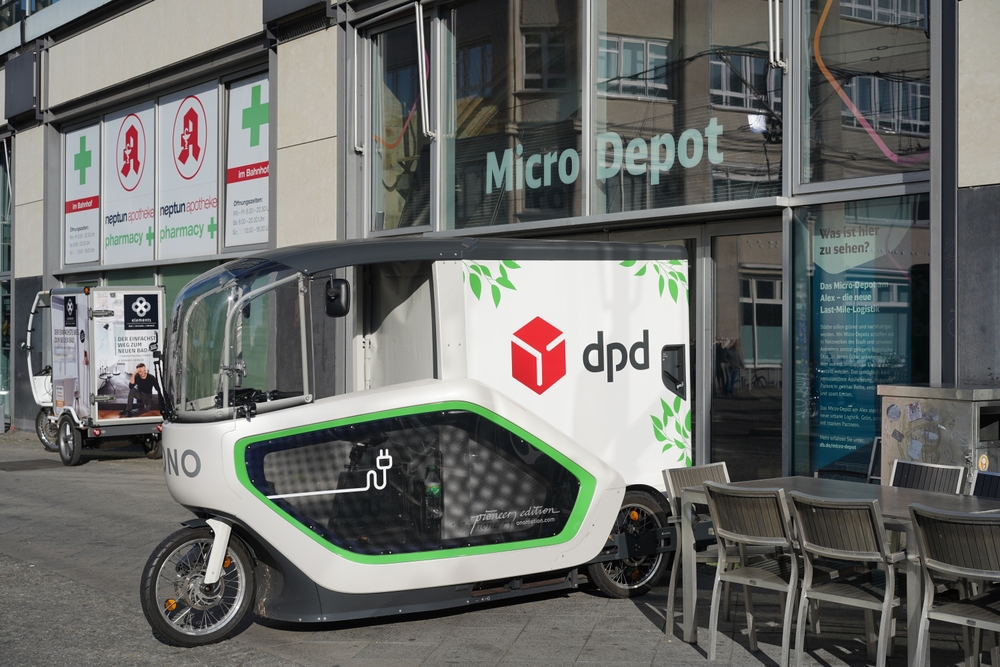March 2023
This website uses cookies to enhance your user experience. By using this website you are consenting to this.

This website uses cookies to enhance your user experience. By using this website you are consenting to this.

Alex Hickman
March 2023
Delivery to the doorstep relies on the concept of local ‘accessibility’. KSP asked our transport advisors, Vectos to explain why this is so important to the future of last-mile logistics hubs.
Congested streets
Consumer demand for local delivery, despite the financial climate, is continuing to grow in urban areas. This demand is congesting streets with delivery vans, polluting the air and damaging the environment. One way that the logistics sector is tackling this problem is to adopt a strategy of “accessibility,” investing in delivery hubs on your doorstep. Together with 100% EV fleets, this can significantly reduce drive times, air and noise pollution; and support the Mayor of London’s target of net zero by 2030.
Currently, the transport sector causes more pollution than any other sector in the UK with last-mile logistics responsible for a quarter of these emissions. The World Economic Forum (WEF) predicts that last-mile logistics will grow 78% by 2030, while at the same time the total percentage of people living in cities will swell to 60% of the total population. To service this increased consumer demand for delivery we will see a predicted 36% rise in urban vans on the streets, a significant environmental problem if delivery technology and infrastructure does not change.
Although the above growth data may seem daunting, WEF also predicts that interventions could reduce emissions and traffic congestion by 30%, and delivery costs by 25%. One of the biggest areas for improvement is the last-mile delivery market, so naturally many are investing in new and sustainable ways of transporting goods.
Low-emission delivery
In high-density urban areas we should initially look to reduce the need to travel and determine if orders can be completed locally, online or through low-emission delivery. If issues are addressed and deliveries are optimised to become more efficient, we could realise a significant positive contribution to the climate emergency while also increasing the quality of life, with a dramatic reduction in local air-pollution.

What if a package could be delivered to your doorstep using an accessible hub that is just around the corner? This would cut drive times and allow van fleets to reduce local air and noise pollution; or even the replacement of diesel powered vans by electric-vans or even e-bikes for food deliveries, reducing the number of delivery vehicles on our congested roads.
Delivering greener streets
Accessibility is one of the inspirations for GLi’s ultra-sustainable developments, located to serve London’s most densely populated areas. This not only is a rational business decision but additionally makes environmental sense. These locations reduce delivery journey times, offering logistics companies much needed accessibility to their customer base and saving transport costs. At the same time the provision of up to 100% EV car and van charge points encourages investment in EV delivery fleets that will reduce congestion and improve air quality, delivering greener streets to our communities.
KSP would like to thank Vectos for their support on this blog. For more information on GLi, their sustainable industrial warehousing and our Urban Life initiatives, please click here.